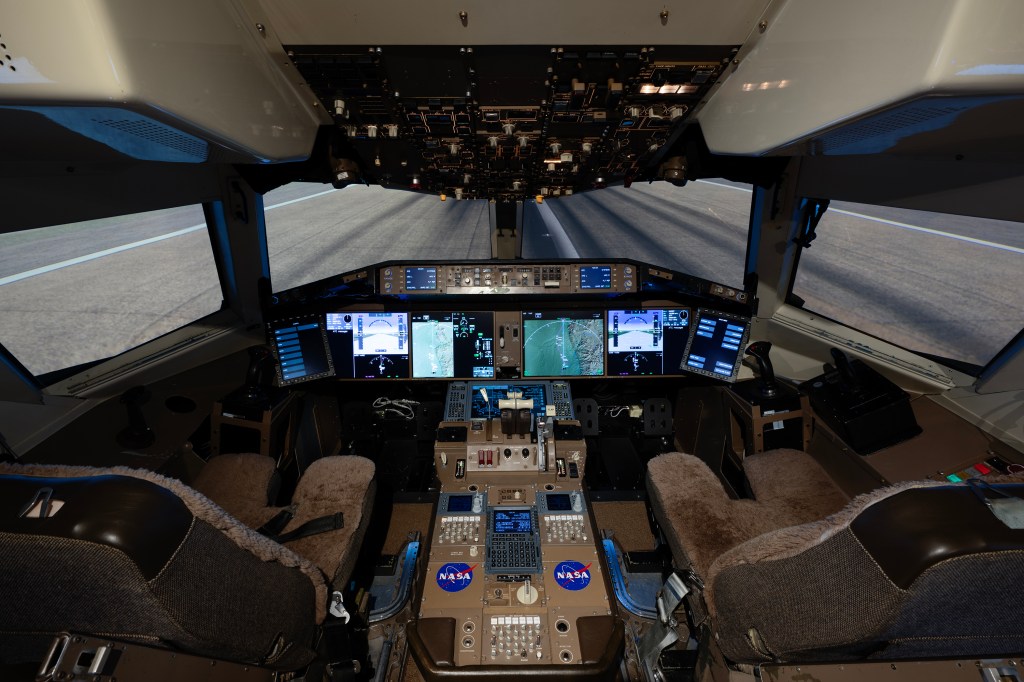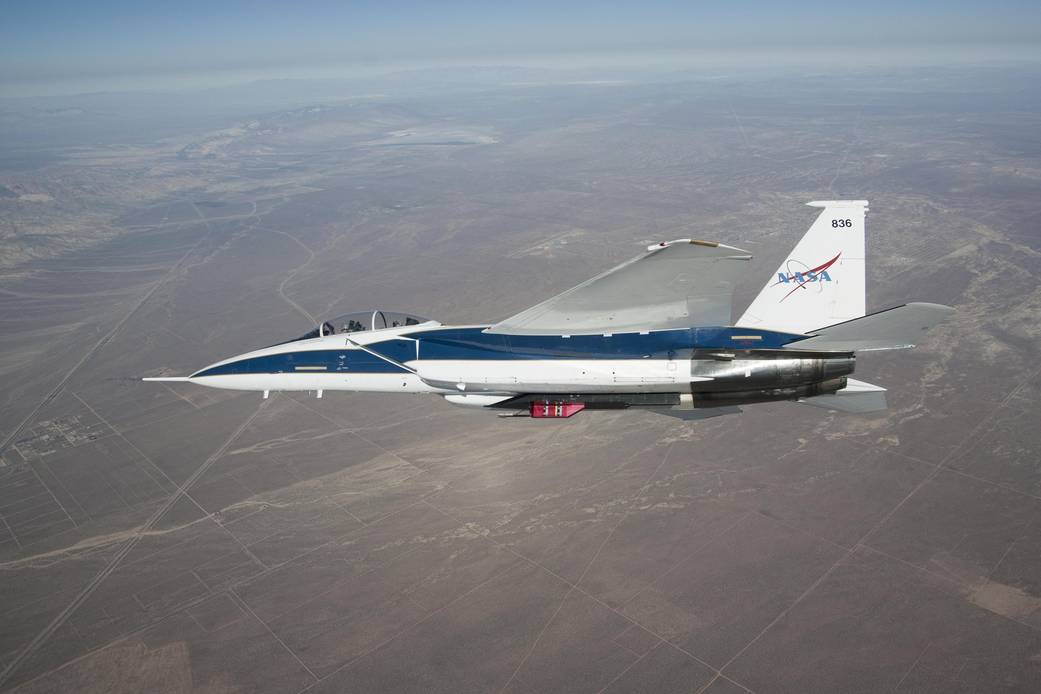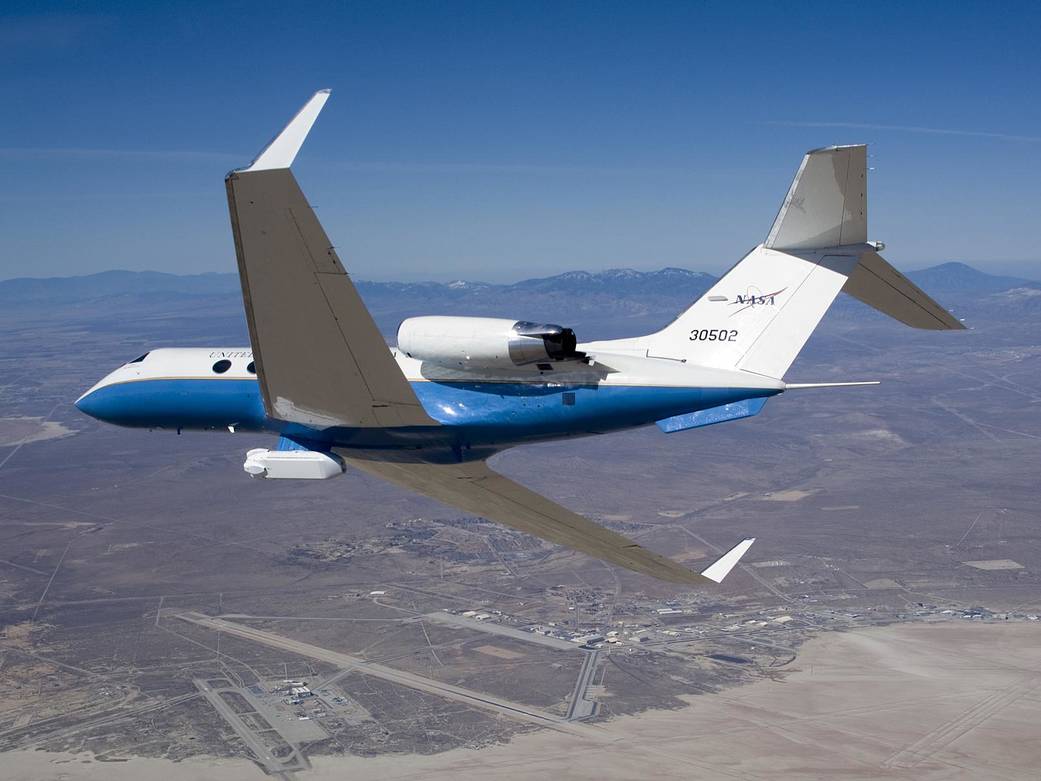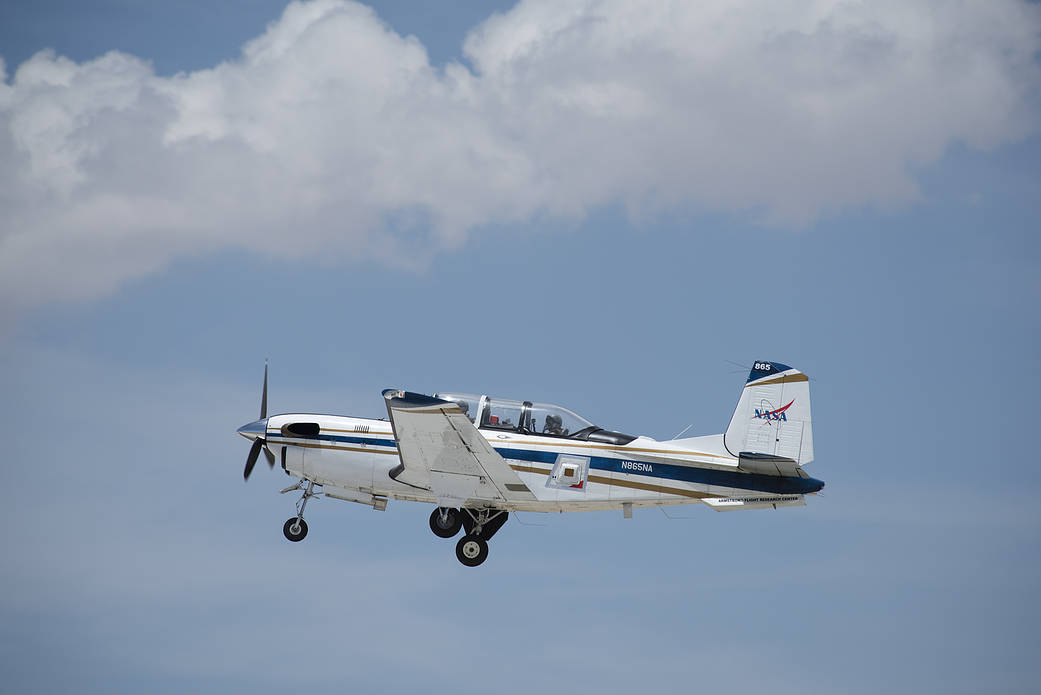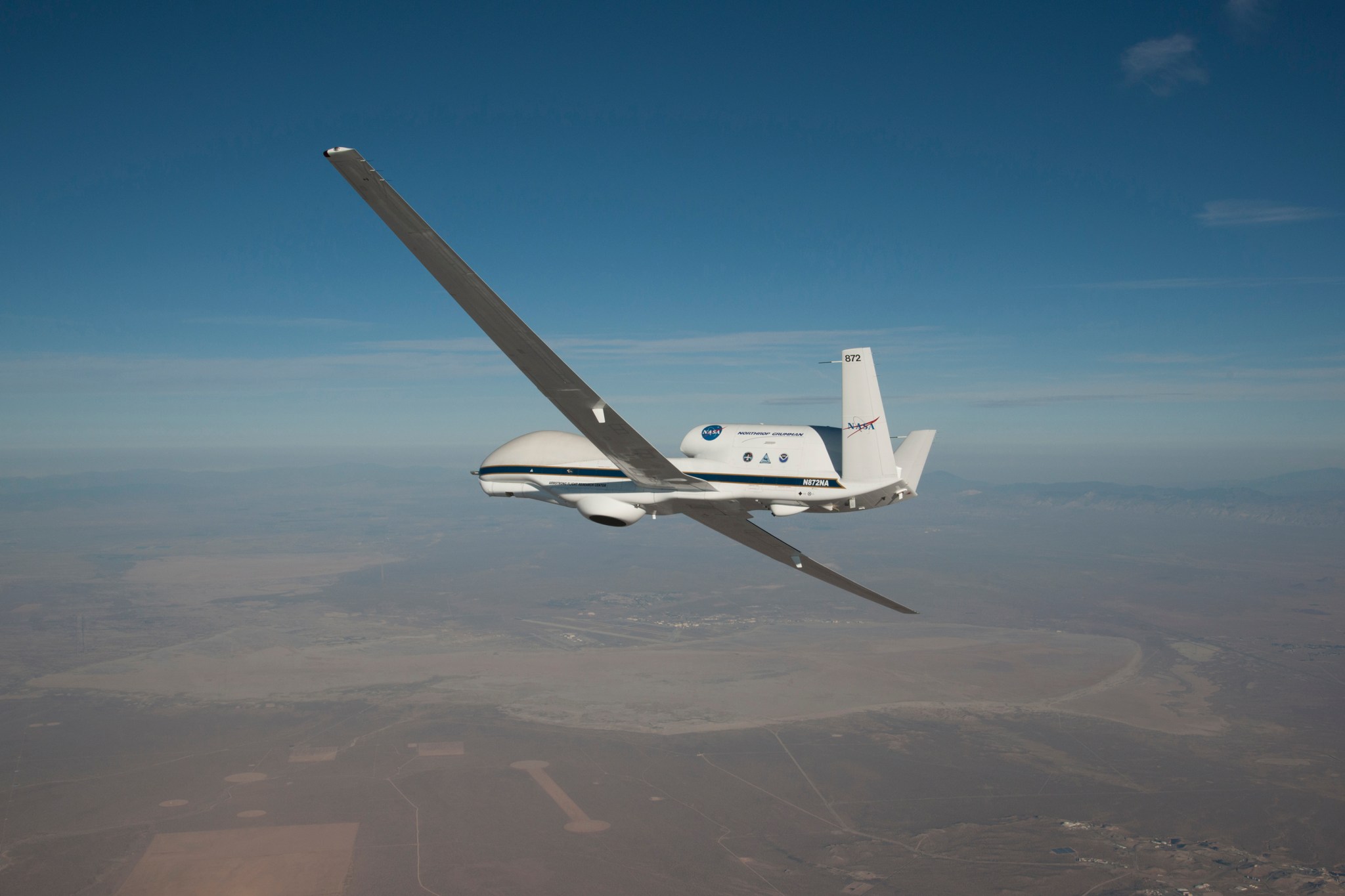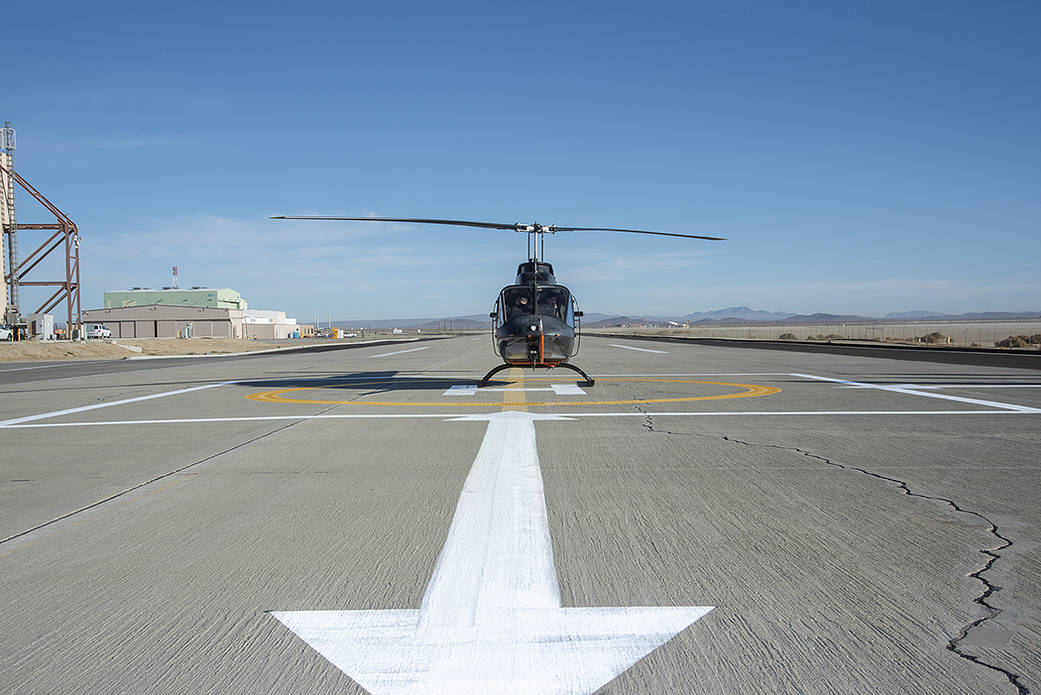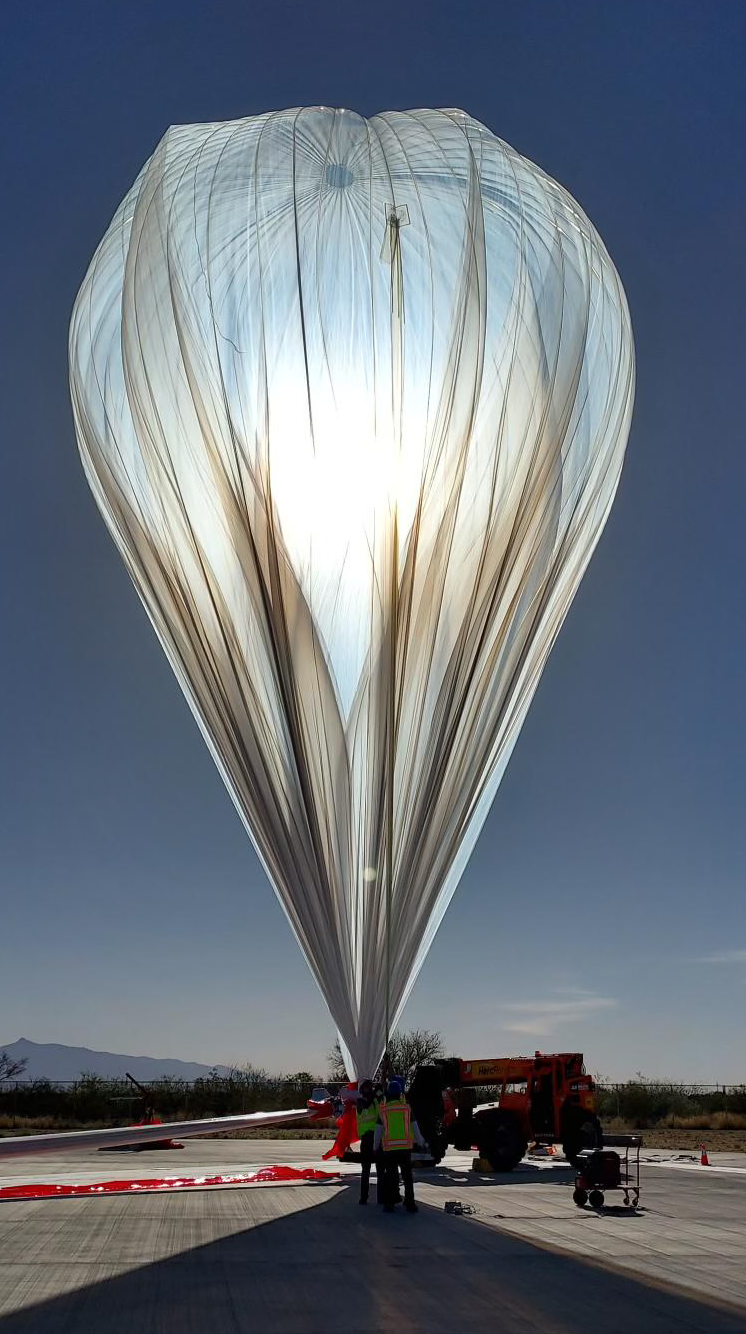
Aircraft Flown at Armstrong
For more than seven decades, pilots at NASA’s Armstrong Flight Research Center in Edwards, California, have flown everything from light aircraft to high-speed jets and rocket-powered airplanes.
Research and Testbed Platforms
F-15B TN 836 Aeronautics Research Test Bed
The F-15B research test bed continues to be an innovative and cost-effective tool for flight testing advanced propulsion concepts. Also known as TN 836, this is a modified twin-engine jet aircraft that provides NASA, industry, and universities with long-term capability for the efficient flight test of aerodynamic, instrumentation, propulsion, and other flight research experiments.
Gulfstream III Aerodynamics Research Test Bed
NASA Armstrong operates a Gulfstream G-III aircraft, NASA tail number 804, as an aerodynamics research test bed.
Science Platforms
C-20A Environmental Science Research Aircraft
NASA Armstrong operates a C-20A as an environmental science research aircraft for a variety of geophysical research missions. A military version of the Gulfstream III business jet, the aircraft has been extensively modified and instrumented for the role, including installation of a sophisticated synthetic aperture radar in an underbelly pod, a self-contained on-board Data Collection and Processing System (DCAPS), and a precision autopilot that enables the aircraft to fly repeat passes over a target within 15 feet of the original flight path.
ER-2 High-Altitude Science Aircraft
NASA operates two Lockheed ER-2 Earth resources aircraft as flying laboratories in the Airborne Science Program under the agency’s Science Mission Directorate. The aircraft collect information about the Earth’s resources, celestial observations, atmospheric chemistry and dynamics, and oceanic processes. The aircraft are also used for electronic sensor research and development, satellite calibration, and satellite data validation.
Gulfstream IV (G-IV) Airborne Science Laboratory
The G-IV will carry the Next Generation Airborne Synthetic Aperture Radar (AIRSAR-NG), which sends and receives microwave signals to collect information about Earth’s topographic features and how they change over time. The goal for the team at NASA Armstrong is to modify the G-IV to accommodate three radars simultaneously.
Support Aircraft
F-15D Support Aircraft
NASA Armstrong flies F-15D Eagle aircraft for research support and pilot proficiency. The F-15Ds have a two-seat cockpit and like the two-seat F-18 support aircraft, they are normally used for photo or video support. They transmit live video from the air back to Armstrong so engineers can visually monitor the mission as it is being flown. This feature greatly enhances flight safety.
F/A-18 Mission Support Aircraft
Three F/A-18 Hornet aircraft are flown at NASA Armstrong for research support and pilot proficiency. The aircraft were obtained from the U.S. Navy between 1984 and 1991. One has a two-seat cockpit while the others are single-seat aircraft. NASA research support aircraft are commonly called chase planes and fill the role of escort aircraft during research missions.
B200 King Air Mission Support and Research Aircraft
NASA Armstrong operates two Beechcraft B200 Super King Air aircraft for flight research and mission support. One of Armstrong’s King Air aircraft, NASA tail number (TN) 801, serves as a testbed for various research projects, and is also flown for a range of mission support activities. The other aircraft, NASA TN 7, can carry up to 11 passengers and is primarily used for pilot proficiency and for transporting personnel on NASA business to locations not served by regular airlines.
T-34C Mission Support Aircraft
NASA Armstrong operates the Raytheon Aircraft Co. T-34C training plane for pilot proficiency and mission support. The aircraft accompanies research flights for photography and video data collection, and also as safety chase. At Armstrong, the T-34C is primarily used for chasing remotely piloted unmanned air vehicles that fly slower than NASA F-18 mission support aircraft can fly.
Unmanned Aerial Systems
Global Hawk
NASA’s Armstrong Flight Research Center in Edwards, California, operates two Northrop Grumman Global Hawk unmanned aircraft for high-altitude, long-duration missions. Acquired from the U.S. Air Force, these two aircraft consist of a Block 2 Advanced Concept Technology Demonstration model and a Block 10 initial production model. A third Block 10 Global Hawk is being refurbished to be operational.
X-Planes at Armstrong
Experimental aircraft, or X-planes, are built for a wide range of research purposes – technology or concept demonstrators, unmanned test missiles, and even as prototypes.
Learn More about X-Planes at Armstrong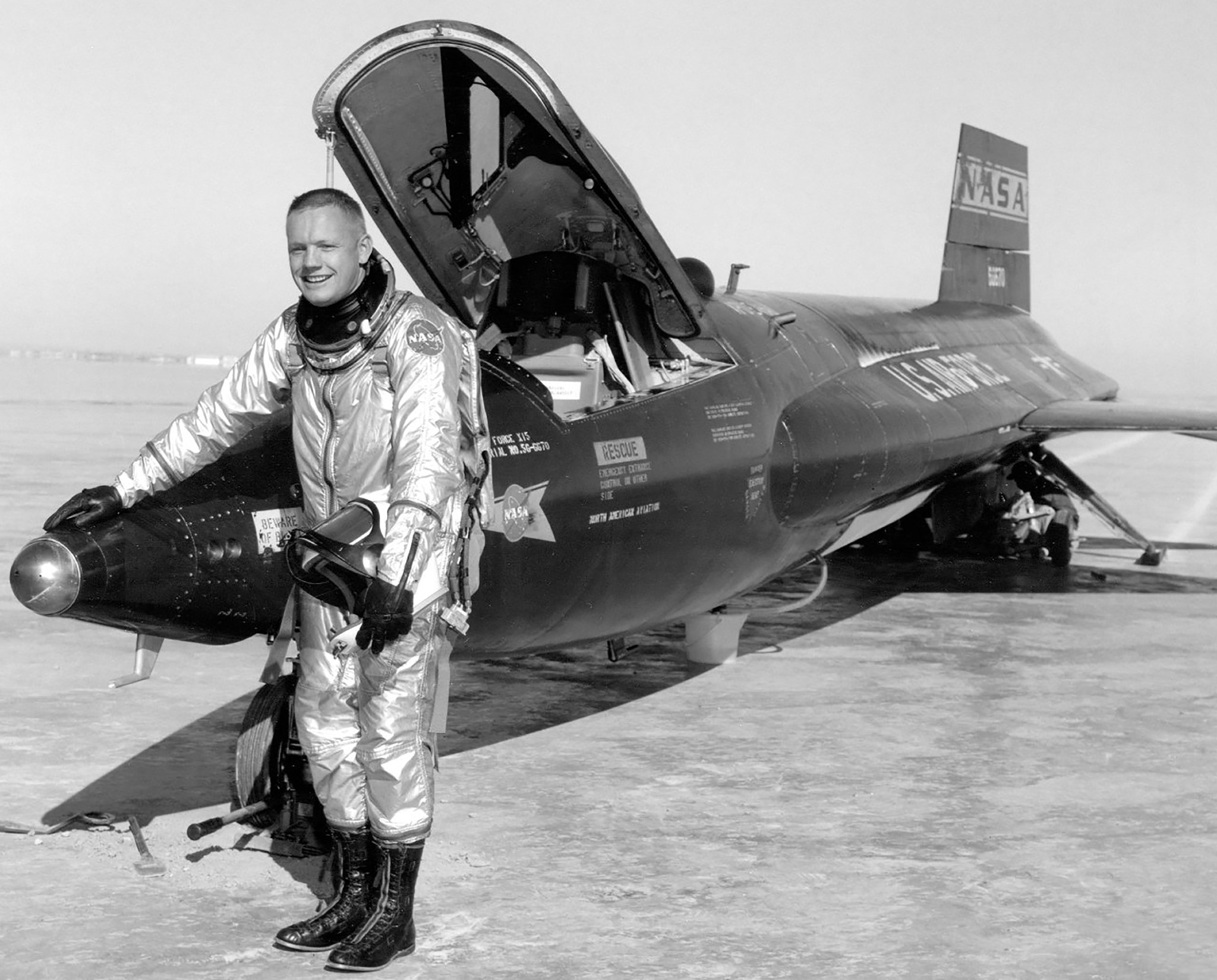

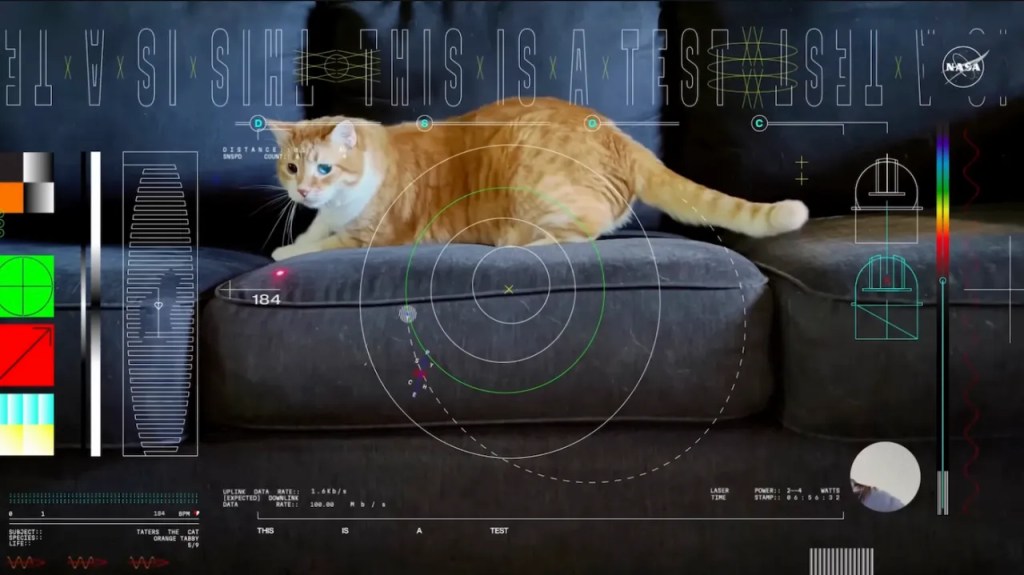



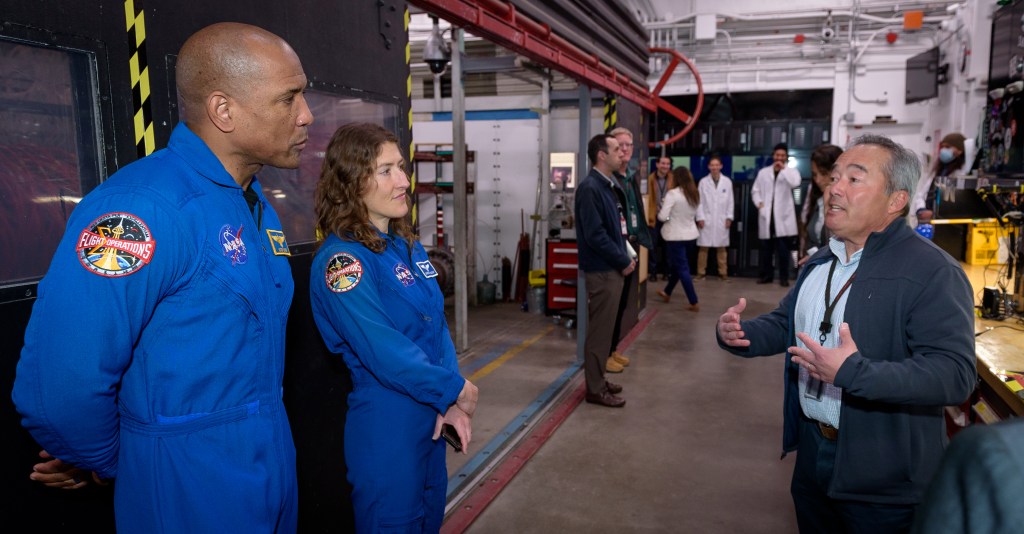











/quantum_physics_bose_einstein_condensate.jpg?w=1024)


